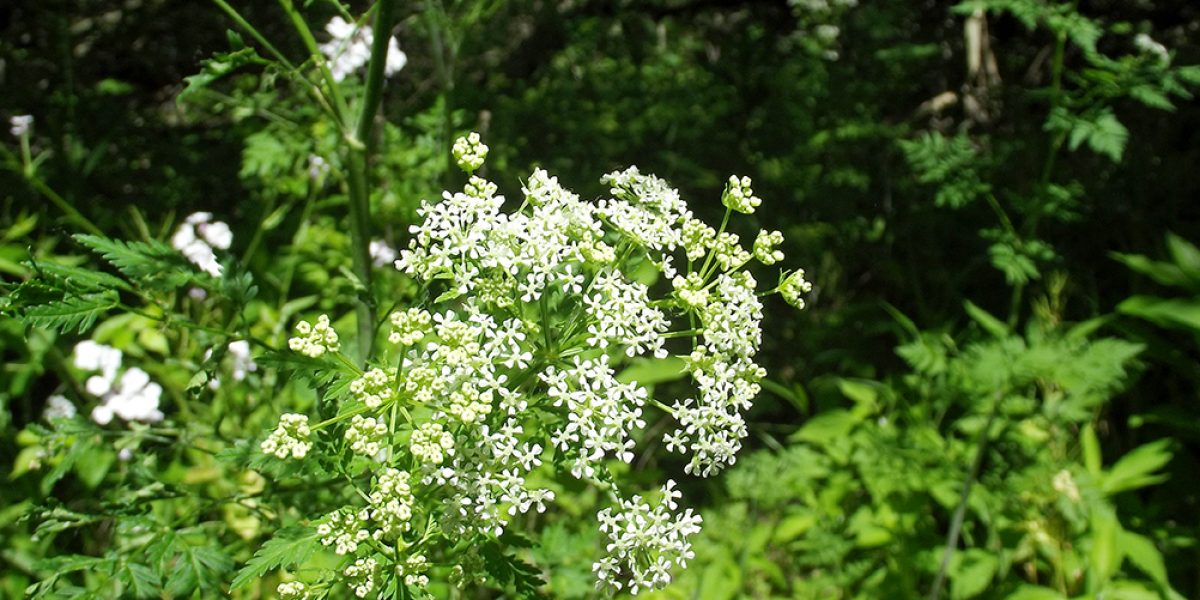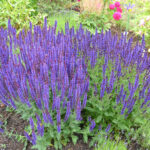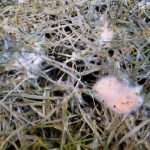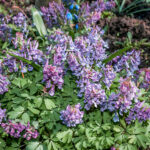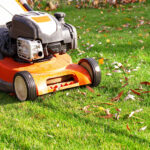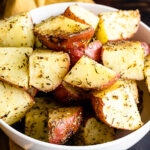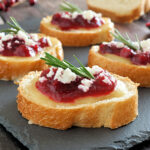Poison hemlock (Conium maculatum) was originally brought to the United States in the 1800s as an ornamental garden plant (another good idea gone awry) and is now found throughout North America.
Poison hemlock is a biennial that forms a rosette its first year, often going unnoticed, and then produces white umbel flowers (umbrella-like) on tall stems in the spring-summer of its second year. These types of flowers are common in the carrot family and are similar to wild carrot (also known as Queen Anne’s lace, Daucus carota), which is often mistaken for this plant at younger stages.
Poison hemlock
- Biennial
- Finely-divided, lacy leaves
- Green stems and leaves lack hairs
- Hollow stems
- Exudes unpleasant odor when crushed
- 6-10 feet tall at maturity
- Flowers June through August
- White, delicate, umbrella-like flower
Queen Anne's Lace
- Biennial
- Finely-divided, lacy leaves
- Fine hairs on leaves
- Solid green stems
- Root smells like carrot
- 1-2 feet tall at maturity
- Flowers June through September
- White, delicate, umbrella-like flower
reproduction
toxicity
Blistering
Getting rid of poison hemlock
Digging up
Mowing
Herbicides
Other poison hemlock look-alikes
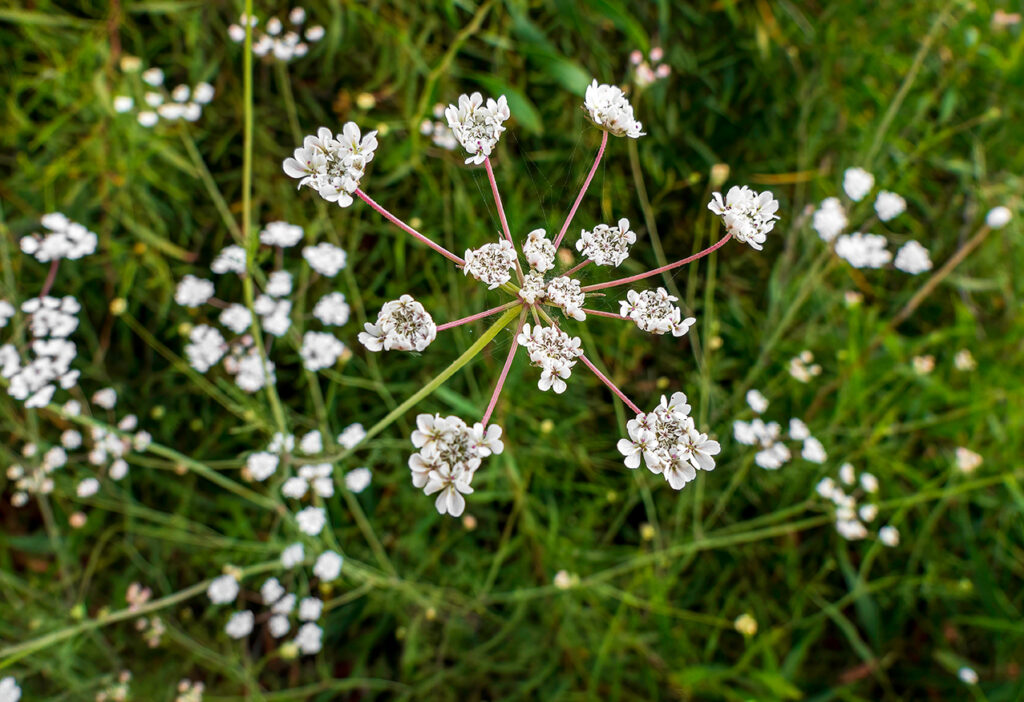
They can grow in disturbed areas, woodland edges and along road sides include Japanese hedge parsley (Torilis japonica) and false chervil(Anthriscus sylvestris). Japanese hedge parsley has lacey, finely divided leaves like poison hemlock, but has fine hairs along the leaves and stem and does not have the distinct purple spotting (pictured below). There are also hooked hairs on the fruit. False chervil fruit are narrowly egg-shaped. Stems are hairy, ribbed and the leaf sheath wraps around the stem. Both Japanese hedge parsley and false chervil generally do not reach more than 6 feet at maturity.
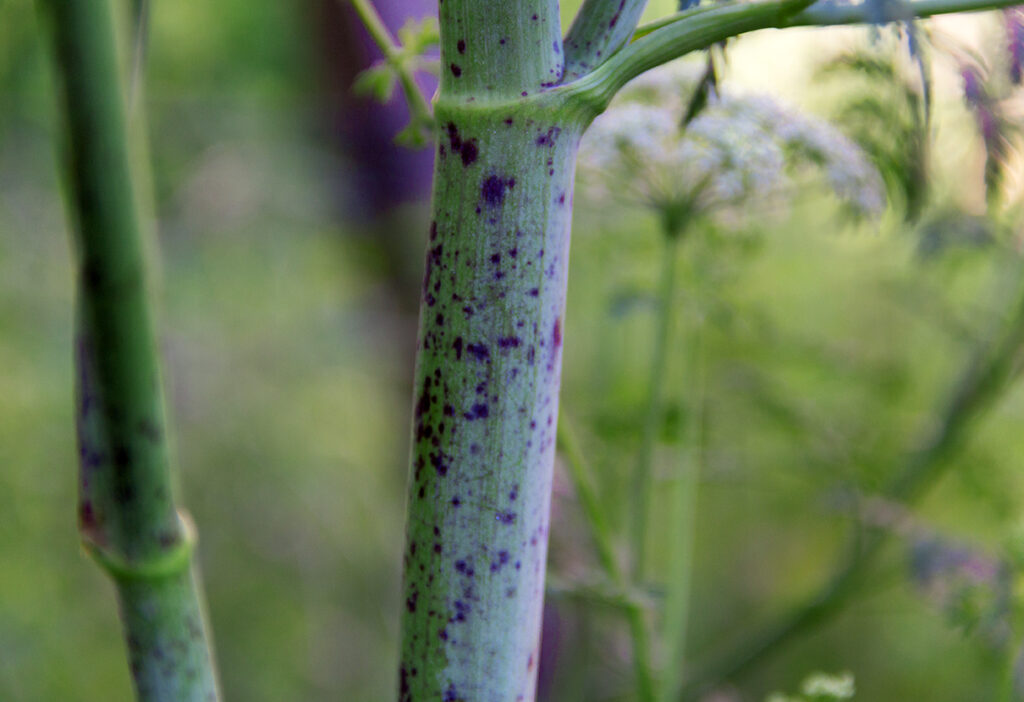
And also it could be...
Another type of poisonous hemlock is water hemlock. Two species of water hemlock—Cicuta maculata (biennial) and Cicuta bulbifera (perennial)—are native to the state. Both exhibit some of the same toxic properties as the western relative, Cicuta douglasii.
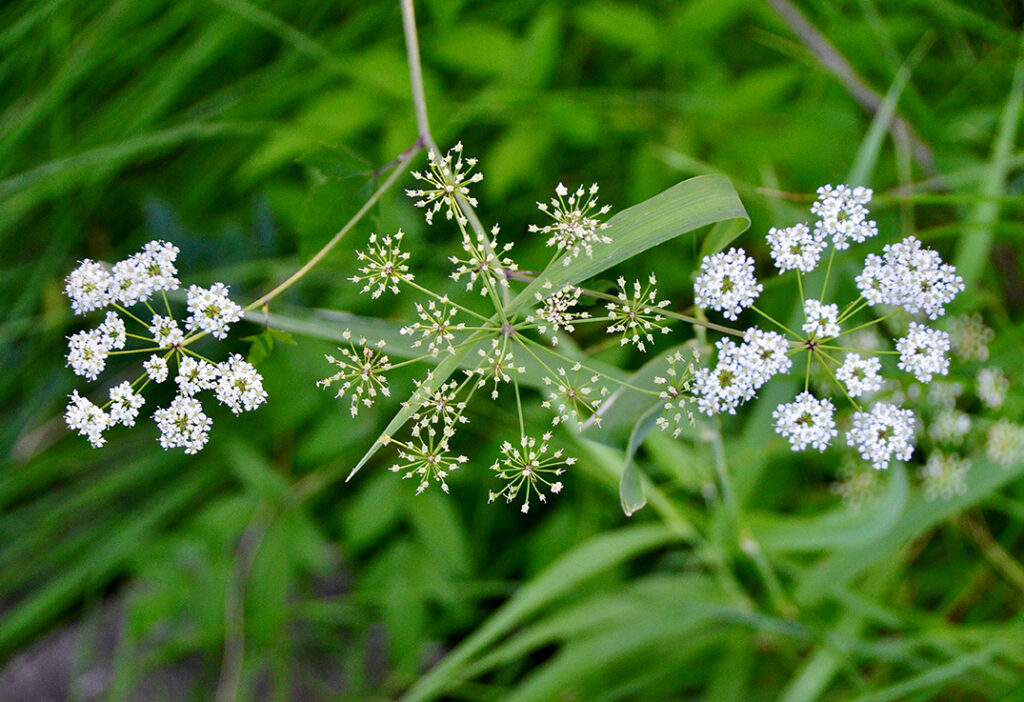
Water hemlock grows in wet areas such as in bogs, ditches and along streams. The toxin, cicutoxin, produced by water hemlock has a carrot-like odor and is a strong convulsant produced almost entirely in the thick taproots and, to a lesser extent, in the stems, leaves and seeds.
This article was published by
Michigan State University Extension
![]()

